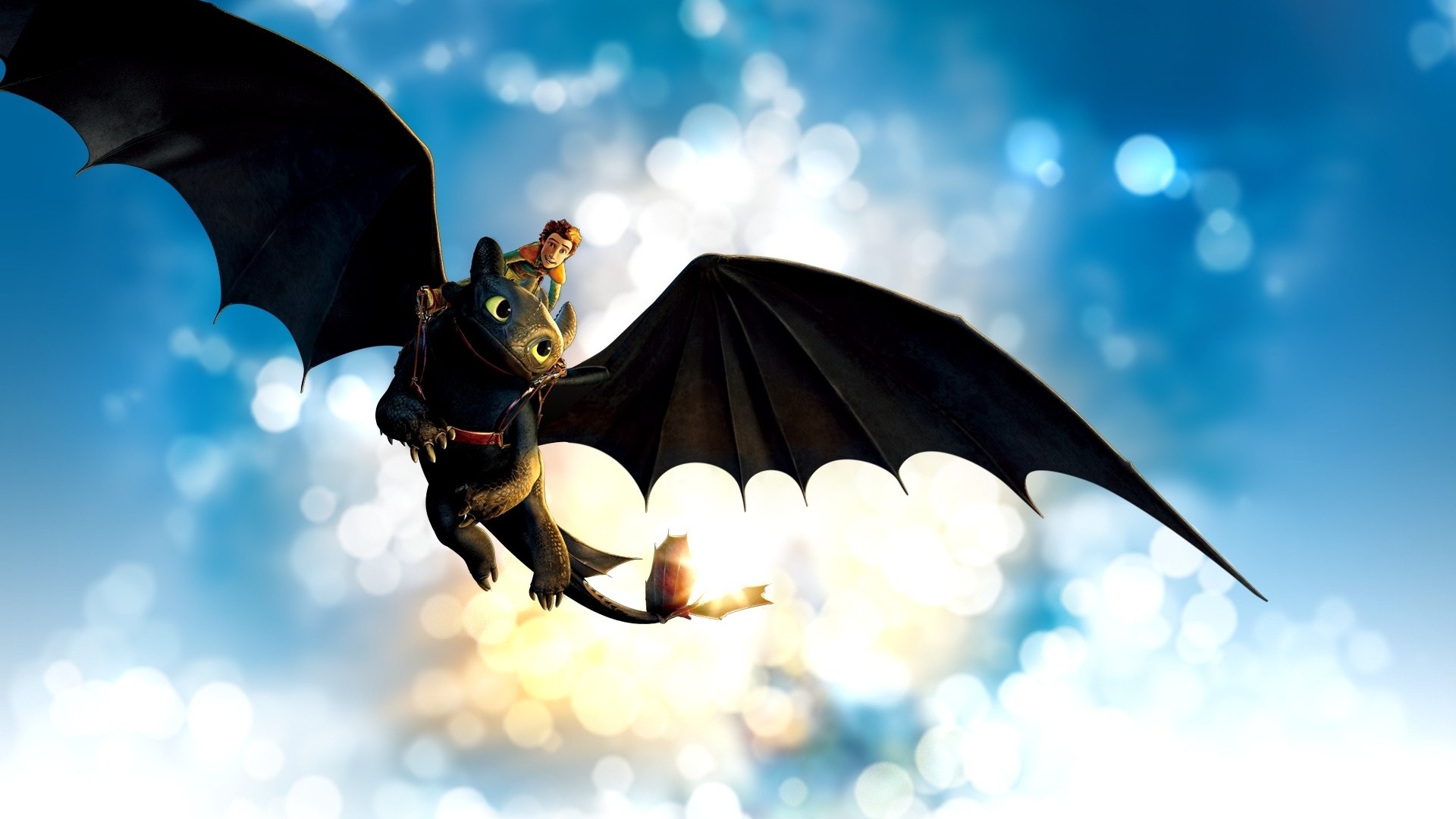
New York City, New York, - Estados Unidos da América
Dara Birnbaum (born 1946) is an American video and installation artist who lives and works in New York (USA). Birnbaum entered the nascent field of video art in the mid-to-late 1970s challenging the gendered biases of the period and television’s ever-growing presence within the American household. Her oeuvre primarily addresses ideological and aesthetic features of mass media through the intersection of video art and television. She uses video to reconstruct television imagery using materials such as archetypal formats as quizzes, soap operas, and sports programmes. Her techniques involve the repetition of images and interruption of flow with text and music. She is also well known for forming part of the feminist art movement that emerged within video art in the mid-1970s.
Dara Birnbaum was born in 1946 in New York. She received her BA in architecture at Carnegie Mellon University in Pittsburgh in 1969 and subsequently worked in the Lawrence Halprin & Associates architectural firm in New York City. Her work with the firm instilled a lifelong consideration of civic space and exploration of the relationship between private and public spheres in mass culture. Soon after she decided to study art and graduated from the San Francisco Art Institute in 1973 with a BFA in painting.
In 1975 Birnbaum moved to Florence for a year and was introduced to video art by the Centro Diffusione Grafica, a gallery that pioneered video art exhibitions. Shortly after her return to New York in 1976, Birnbaum met Dan Graham, an artist/critic who greatly impacted her artistic development. He introduced her to Screen (journal), a British film-theory journal, which provided a critical analysis of mainstream cinema during the 1970s. Birnbaum was very interested in the journal’s discussion of an emerging feminist context in the critique of cinema but found Screen (journal) to be flawed in its failure to consider television—a medium she believed to have replaced film as the dominant force of American mass culture.
During the mid-1970s, the poet Alan Sondheim lent Birnbaum his Sony Portapak, which enabled her to create her first experimental video works, such as Control Piece and Mirroring. These works explored the separation between the body and its representation through the use of mirrors and projected images. The presence of mirrors continued into her late-1970s video works which focused primarily on the appropriation and of television's conventions. Through the fragmentation and repetition of TV conventions, she used borrowed images to examine the medium's technical structures and bodily gestures.
These explorations laid a foundation for her most prominent work, the 1978 - 1979 video art piece Technology/Transformation: Wonder Woman. In this work she used appropriated images of Wonder Woman to subvert ideological subtexts and meanings embedded in the television series. "Opening with a prolonged salvo of fiery explosions accompanied by the warning cry of a siren, Technology/Transformation: Wonder Woman is supercharged, action-packed, and visually riveting... throughout its nearly six minutes we see several scenes featuring the main character Diana Prince... in which she transforms into the famed superero." Her citational use of Wonder Woman illustrates the efforts she made into exploring "television on television," which indicates a consciousness of analyzing the television/video medium within its own terms, an exploration of the structural elements of television content, and an attempt to talk back to television.
In 1979 she started to make fast-edited video collages from footage appropriated while working for a TV post-production unit. In 1982 Birnbaum created the piece titled PM Magazine/Acid Rock with appropriated video from the nightly T.V. Show, PM Magazine, and a segment of a Wang Computers commercial. Created for Documenta 7 as part of a four channel video installation, PM Magazine/Acid Rock underscores the themes of consumerism, T.V., and feminism in Birnbaum's work through the use of pop images and a recomposed version of "L.A. Woman" by the Doors. She participated in the 1985 Whitney Biennial.
In her 1990 single channel video work Cannon: Taking to the Street the political act of taking to the street is framed through an iconic evocation of the Paris uprising of May 1968, interspersed with amateur footage from a Take Back the Night march held at Princeton University in April, 1987.
Her 1994 six channel video installation Hostage has as its subject the kidnapping of Hanns-Martin Schleyer in 1977.
Technology/Transformation: Wonder Woman is held in the collection of the Museum of Modern Art. She also has works in the collection of the National Gallery of Canada.
In 2010 she won a United States Artists Fellow award.

/media/movies/covers/2020/09/funestte_QQ2OgaH.jpg)
/media/movies/covers/2019/05/The_Kitchen_Presents_Two_Moon_July.png)
/media/movies/covers/2018/03/jodi.png)
/media/movies/covers/2024/04/Screenshot_Capture_-_2024-04-06_-_13-47-13.png)